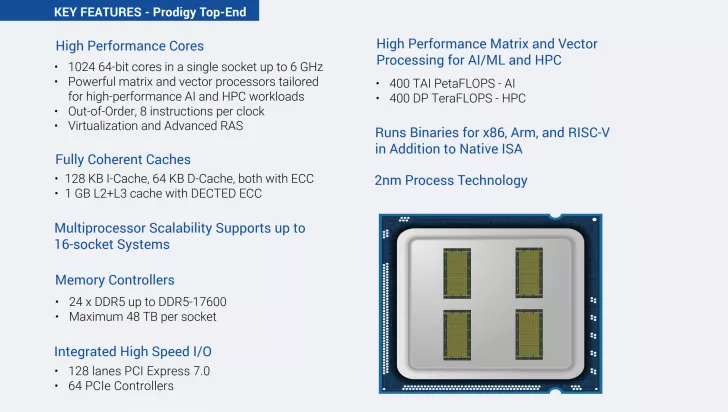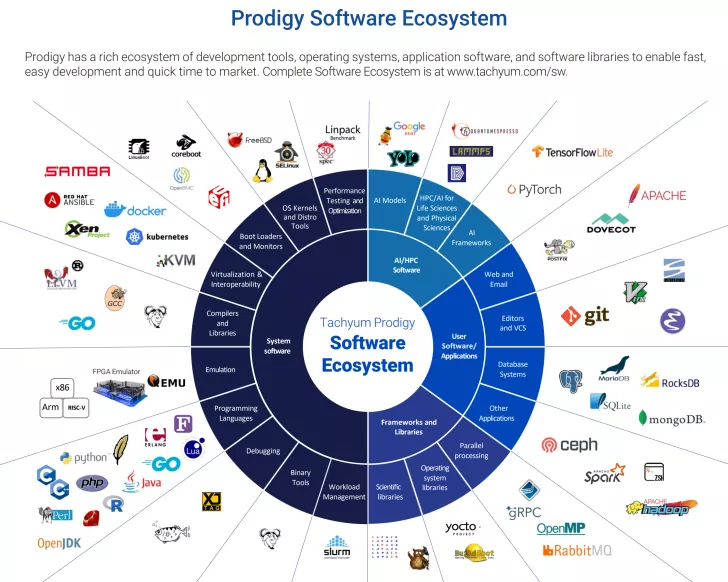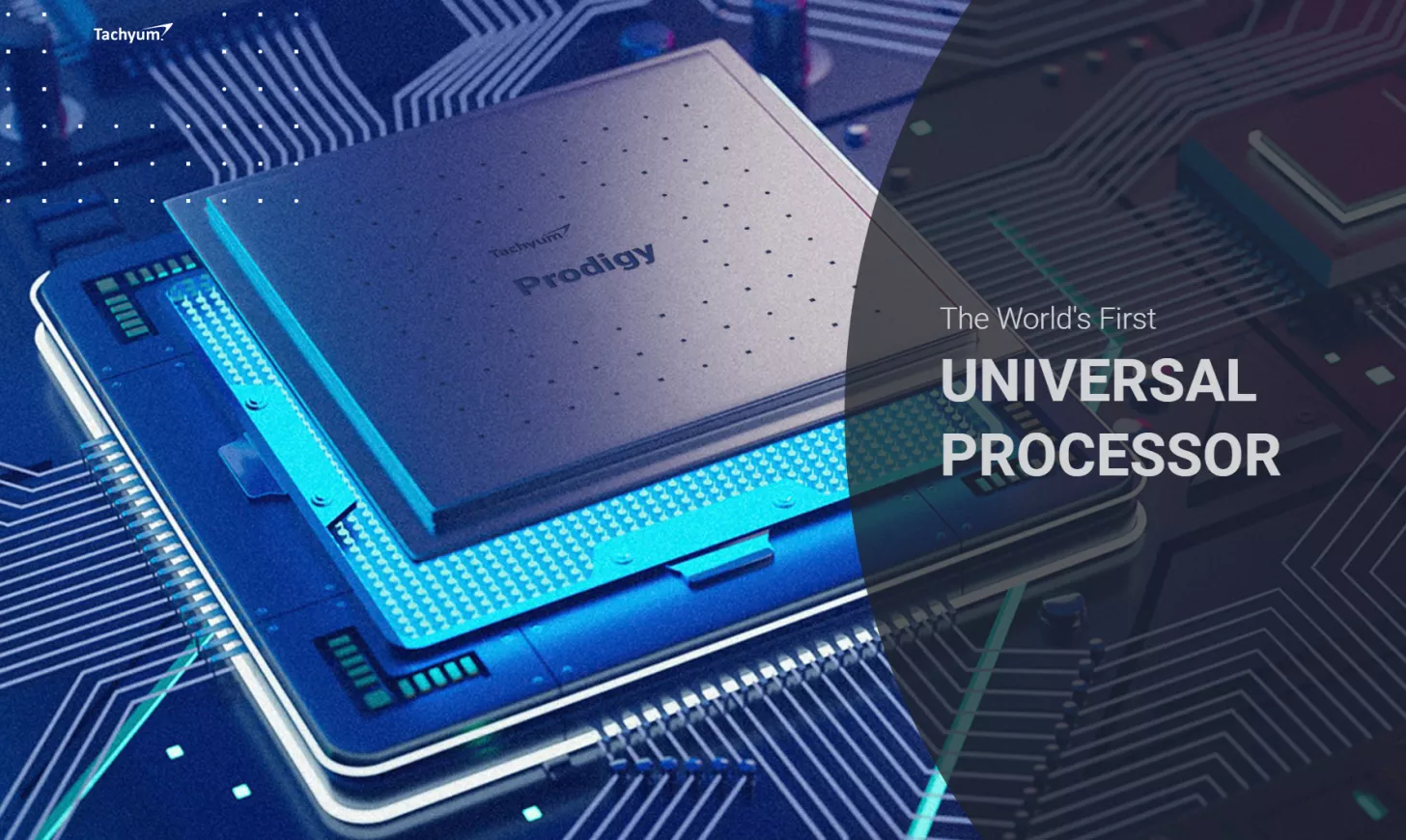Tachyum has entered the spotlight by announcing its ambitious new 2nm Prodigy chips, boasting up to 1024 cores, high-speed DDR5 memory support, and a competitive stance against NVIDIA’s Rubin Ultra. This marks a significant update to the Prodigy platform, a project that has experienced multiple revisions and delays over time. While Tachyum’s plans are bold, the Prodigy has yet to see a physical launch.
Tachyum’s Prodigy: A Technical Marvel on Paper
The newly revealed Prodigy chips from Tachyum are set to revolutionize the tech world with their 2nm architecture and impressive specifications. On a single socket, the chips will feature up to 1024 64-bit cores with clock speeds reaching 6.0 GHz. The system will scale to 16 sockets, potentially offering an astonishing 8,192 CPU cores. These advanced specifications include support for DDR5 memory at speeds up to 17,600 MT/s and a total capacity of 48 TB per socket. Nevertheless, despite the cutting-edge nature of these specs, the timeline for shipping such technology by 2027 remains uncertain.

Prodigy 2nm aims to support the latest matrix and vector extensions, optimizing it for high-performance AI and HPC tasks. The chip architecture employs an Out-of-Order design with 8 instructions per clock, featuring significant cache: 128 KB of I-Cache, 64 KB of D-Cache, and 1 GB of L2+L3 cache across various configurations.
Performance Promises and Competitive Edge
Tachyum claims the Prodigy 2 will be the first chip to surpass 1000 PFLOPs on inference, compared to NVIDIA Rubin’s 50 PFLOPs. The company asserts that the Prodigy Ultimate offers 21.3x higher AI rack performance than the NVIDIA Rubin Ultra, while the Prodigy Premium is said to deliver 25.9x higher performance than NVIDIA Rubin. The exact details of these SKUs remain vague, leaving room for speculation about whether they refer to different configurations or entirely new chips.

As Tachyum continues to outline its grand vision for Prodigy chips, the tech industry watches closely. The company’s recent $220m investment could be pivotal in achieving its ambitious goals, but only time will tell if these plans materialize into tangible products or remain theoretical promises.
